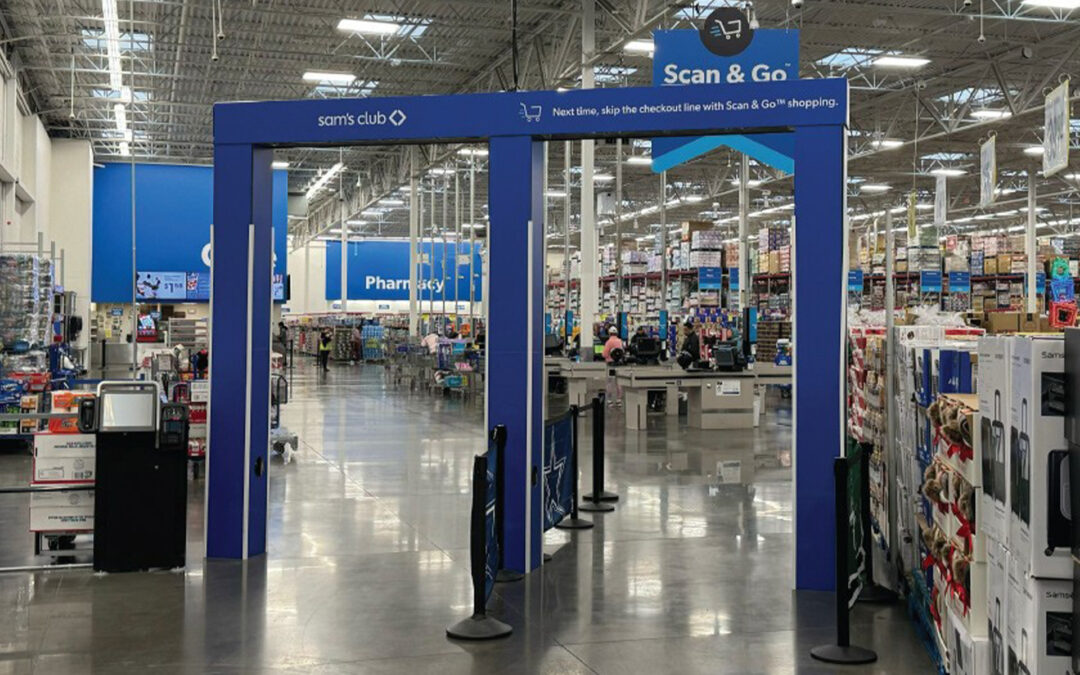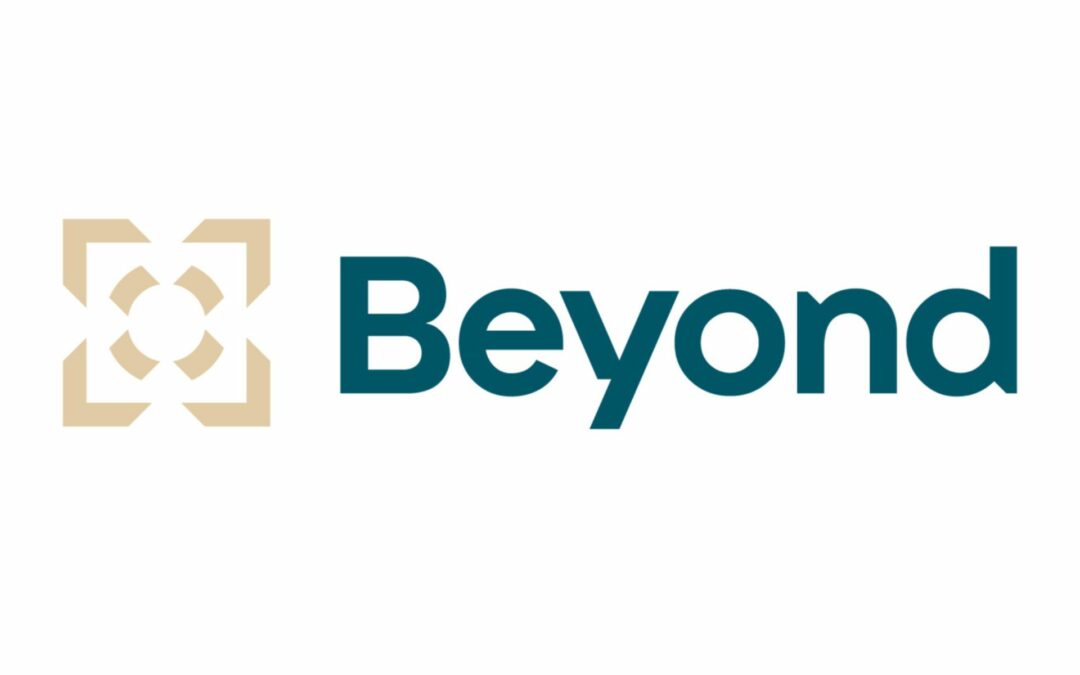In a recent survey by the Kearney Consumer Institute, 44% of consumers said their finances have worsened in the last six months, but 51% say they will get better going forward. The survey results suggest many companies might not understand how consumers manage their spending, according to KCI.
“Our current focus is exactly what keeps us from seeing what we hope to see,” explained KCI lead Katie Thomas. “We are so focused on categories and who’s going to win or lose that we aren’t looking at the how and the why behind consumer spend. And, when it comes to areas we ought to be paying attention to, we generalize so broadly that we miss any critical insights. For example, we say consumers are only spending on necessities but don’t define what those necessities actually are. For some consumers, it may only be core food groceries. Others may deem clothes and shoes a necessity.”
This split in the way brands understand consumers and categories and the way consumers see themselves provides some understanding of why consumers can be worried about a grocery bill and at the same time find money for Taylor Swift and Beyonce concerts. Consumer spending blends economics and emotions. Thomas suggests flipping the traditional commercial script by first evaluating the total consumer wallet based on how people view and categorize spending on their own terms. From that perspective, evaluating how consumers emotionally categorize their spending can lead to an understanding of category-level transactions. For example, are M&Ms an indulgence, a reward, a guilty pleasure or a necessity? Only the purchaser knows for sure.
As a result of its survey and analytical work, KCI has introduced the concept of consumer motives as a starting point to understanding spending. Although they vary by brand, motives generally fall into four buckets: essentials, seen as necessary or functional, value where there is an investment in quality, better performance or long-term value, pleasure as in shopping for fun and stress release and expression in communicating or projecting the psyche externally including such elements as ego, style, and values. Understanding how a consumer qualifies a spend can help brands assess the risks and opportunities that exist by motive.
As such, KCI suggests in the short term, determining consumer motive attribution. In the medium term, map future demand by motive, and, over the long term, shift the portfolio to match consumer-first priorities.
“The growing options consumers have combined with the constant news cycle bemoaning inflation concerns makes for an increasingly aware, savvy consumer who is spending thoughtfully across the whole wallet,” Thomas said.





